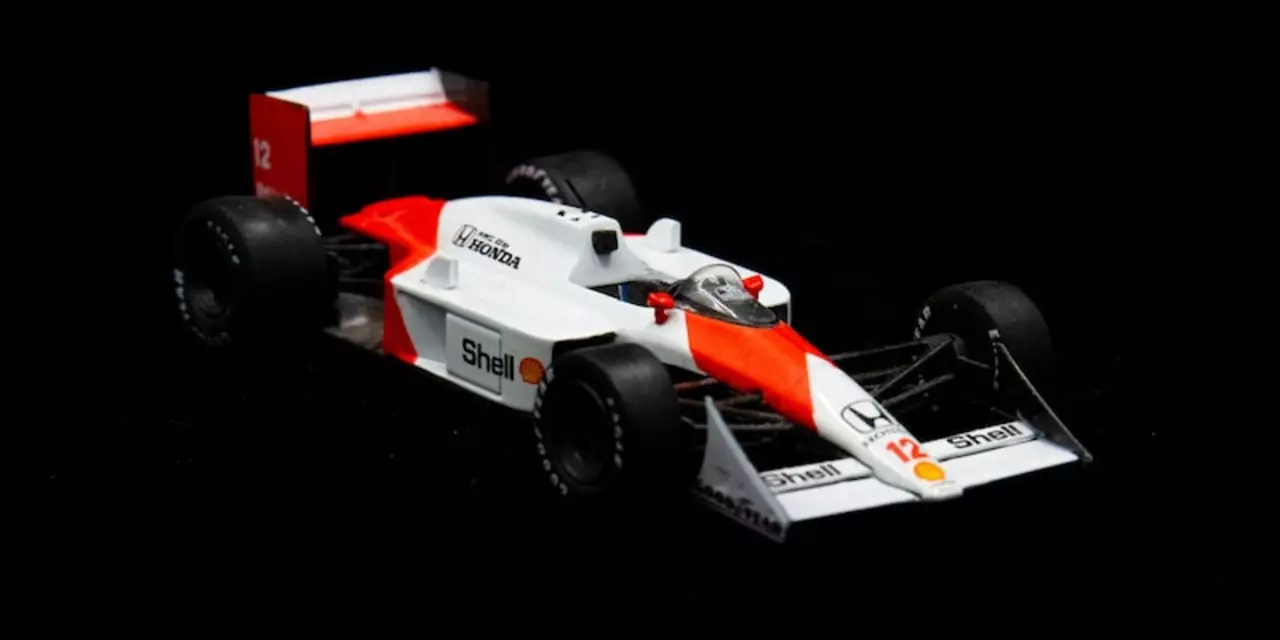Racing Licenses: What Every Driver Should Know
If you love the track, you eventually need a racing license. It’s the official permission that lets you compete in organized events, from local club races to international series. Without it, you’re limited to track days and practice runs. Getting the right license doesn’t have to be a mystery. Below you’ll see the basics, the main categories, and the exact steps to put a license in your pocket.
Types of Racing Licenses
Racing bodies issue several license levels. The most common split looks like this:
- Club License – Great for beginners. It covers entry‑level events, like go‑karts or amateur road races.
- National License – Required for professional‑grade series in your country. It usually demands a certain amount of experience and a medical check.
- International License – Needed if you plan to race abroad or in FIA‑sanctioned championships. This one often carries higher fees and stricter fitness standards.
Each level builds on the one before it. You can’t jump straight to an international license without first proving you can handle national‑level competition.
How to Get Your Racing License
Getting a license is a step‑by‑step process. Here’s a quick roadmap:
- Choose the right class. Look at the series you want to race and see which license they require.
- Complete a driver’s medical. Most licensing bodies ask for a basic health exam to confirm you can handle high G‑forces.
- Take a training course. Many clubs run a “Racing School” that covers track etiquette, car control, and safety procedures. Passing the final test earns you points toward the license.
- Submit an application. Fill out the paperwork on the governing body’s website, upload your medical, and pay the fee. Fees range from $50 for a club license to a few hundred dollars for national or international levels.
- Log race experience. Some licenses need you to show a minimum number of completed races or lap times. Use a personal log or the track’s official timing sheet.
After the board reviews your application, they’ll email you the license—often as a digital card you can print or keep on your phone. Keep it up to date; many bodies require renewal every year or after a certain number of races.
Pro tip: If you already hold a regular driver’s license, bring it to the medical exam. It speeds up verification and shows you’re a responsible road driver too.
Remember, a racing license isn’t just a piece of paper. It proves you’ve met safety standards, understand track rules, and are ready for competition. Wearing it proudly also signals to teams and sponsors that you take the sport seriously.
So whether you’re eyeing your first club race or dreaming of the world stage, start with the right license. Follow the steps, stay consistent with training, and you’ll be back on the grid faster than you think.
What's the best way to get started in amateur racing?
0 Comments
Getting started in amateur racing can be an intimidating and daunting task. However, there are several steps that can help make the process easier. First and foremost, it is important to ensure that you have the necessary equipment, such as a racing helmet and a race car, as well as the proper licenses and certifications. Once this is taken care of, it is important to find a reputable racing league or organization to join. It is also important to research the rules of the league and understand the safety regulations. Finally, it is important to practice and hone your skills before entering a race. With these steps, you can be well on your way to becoming an amateur racer.
Read More